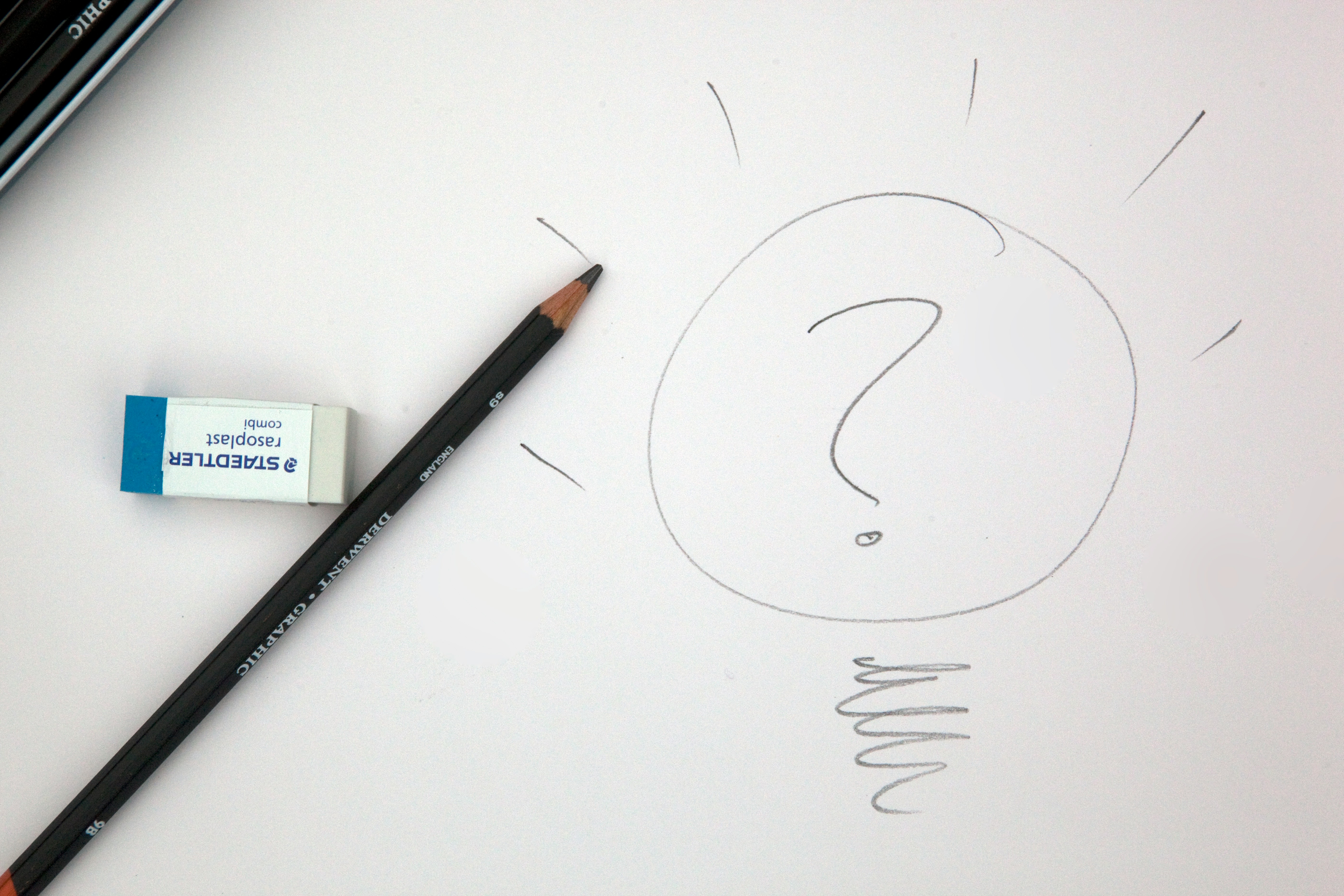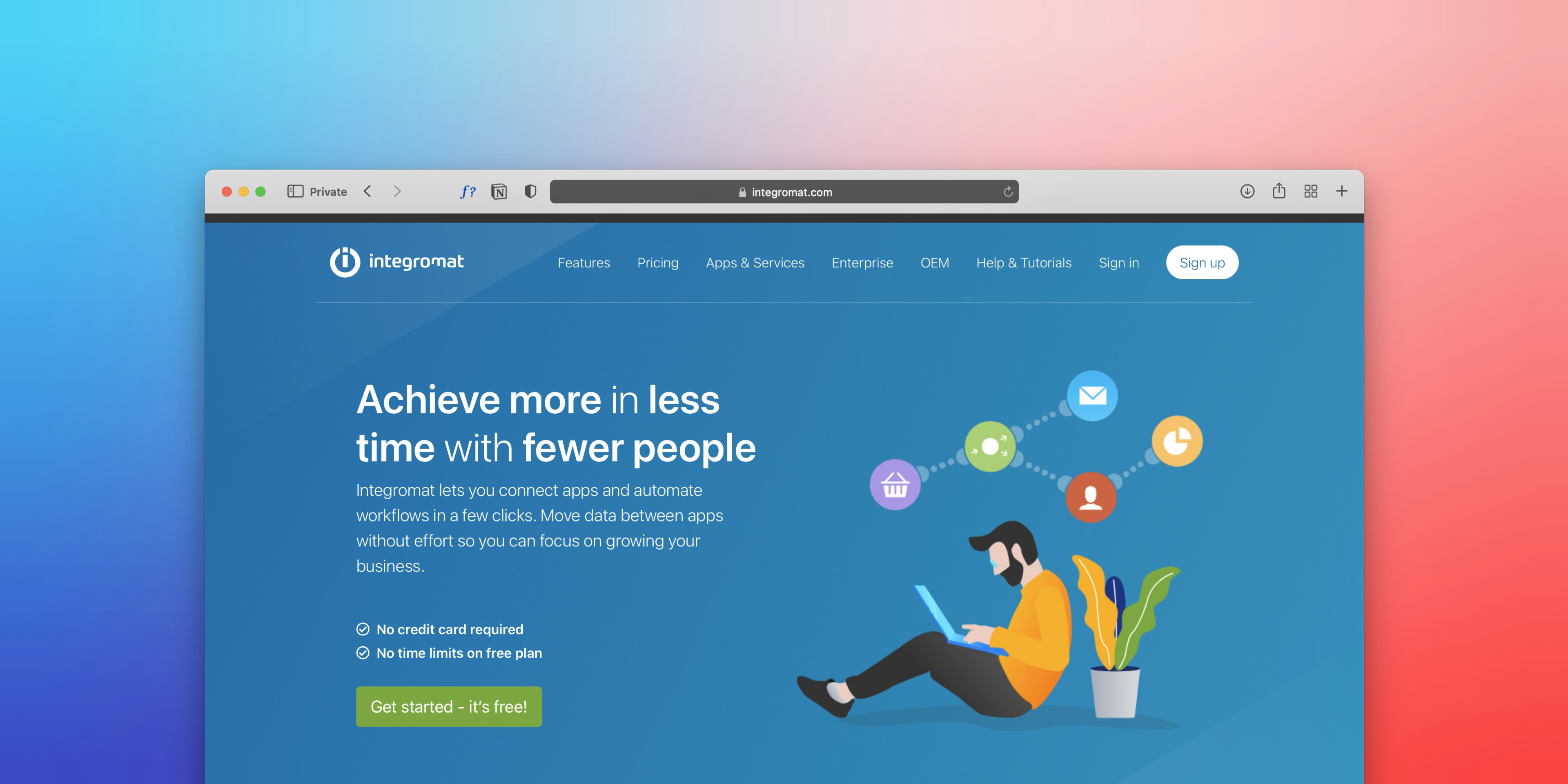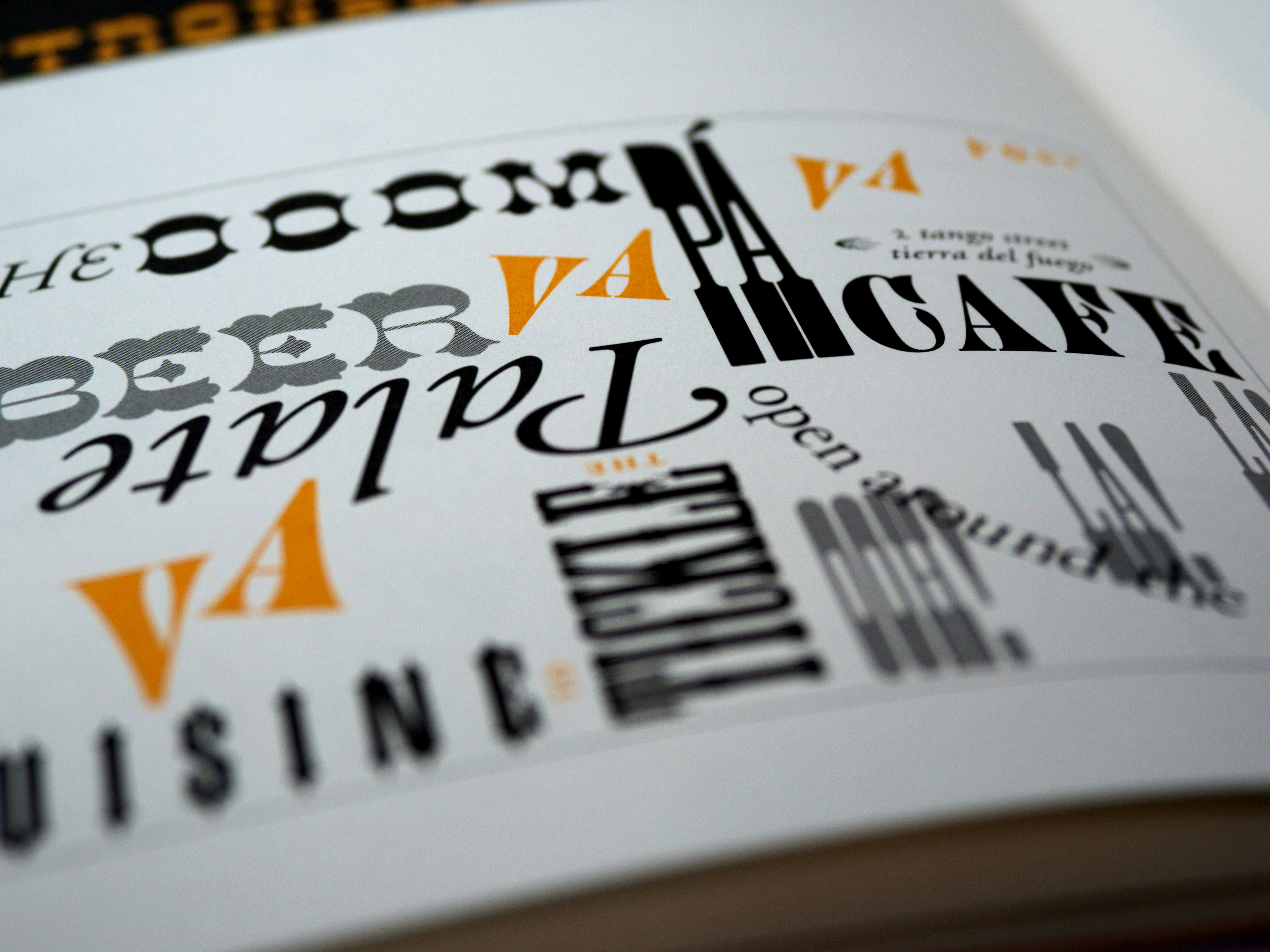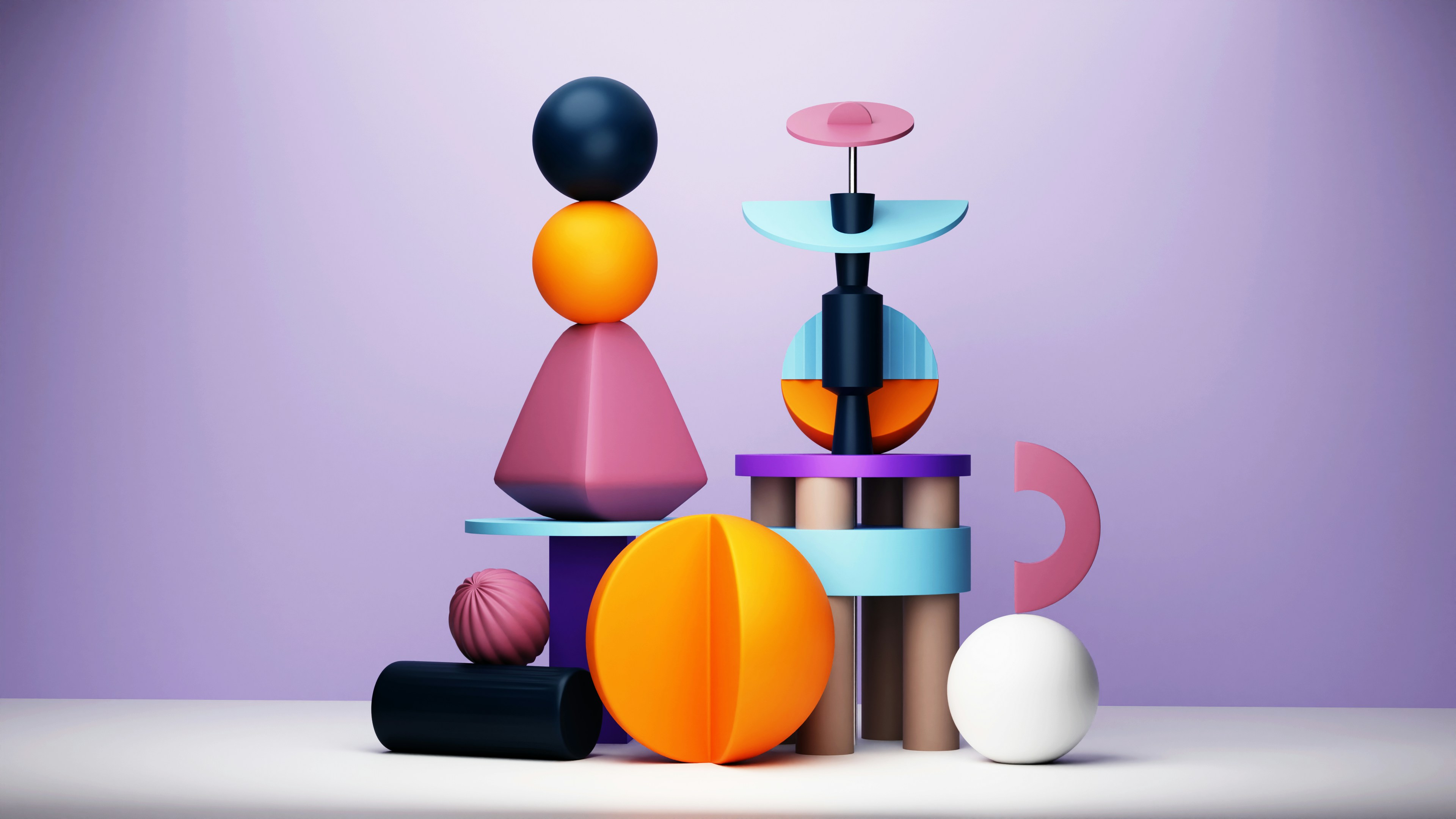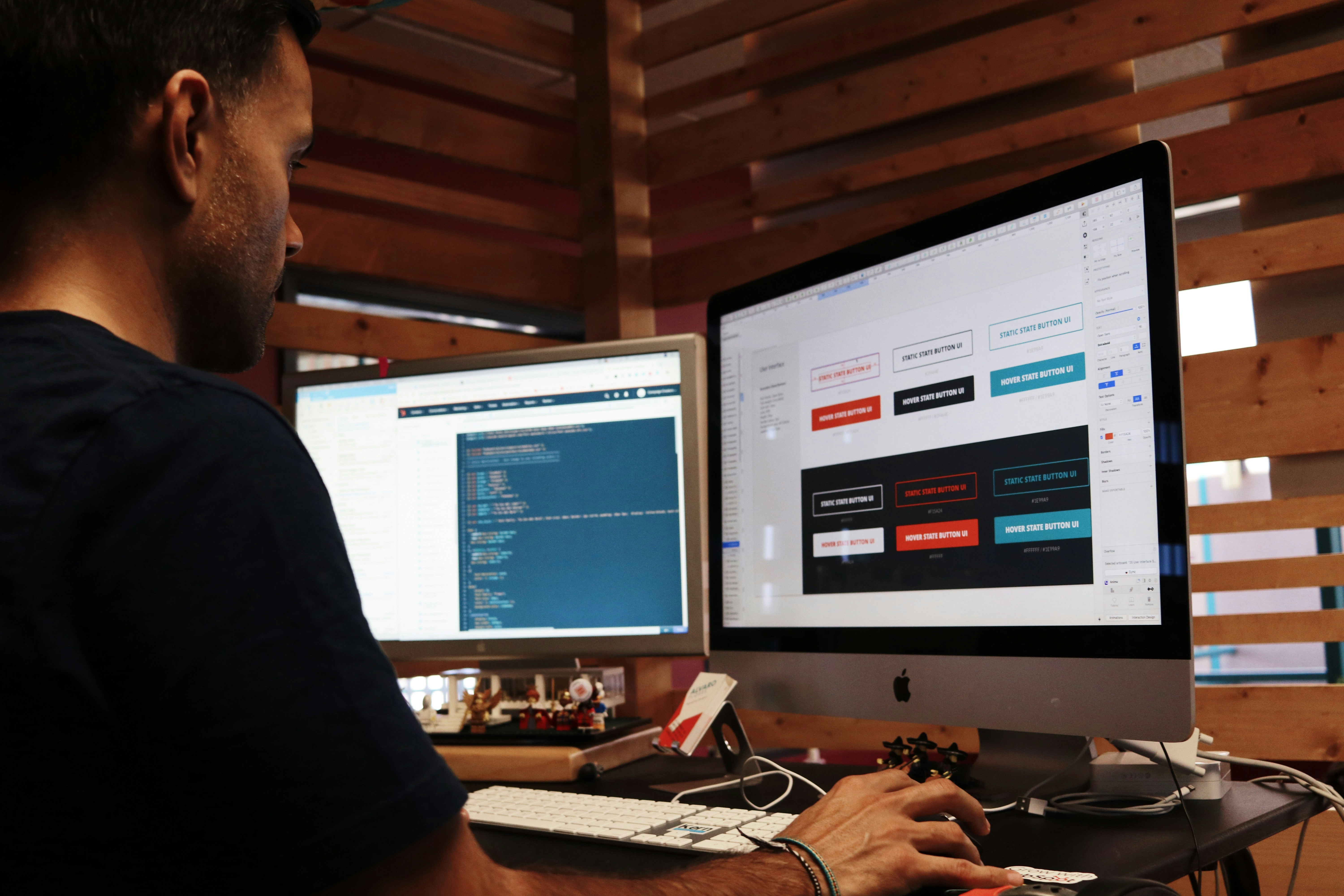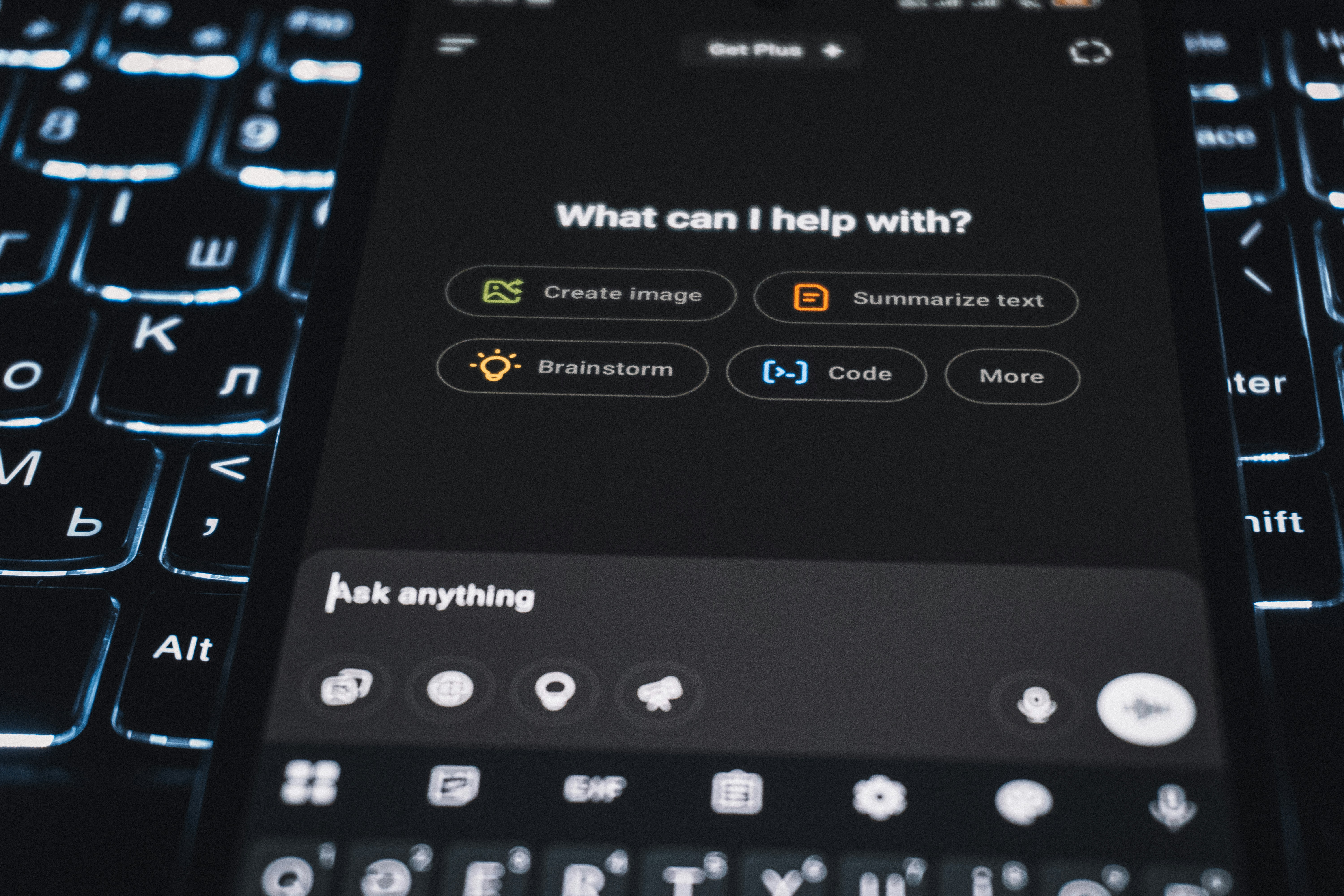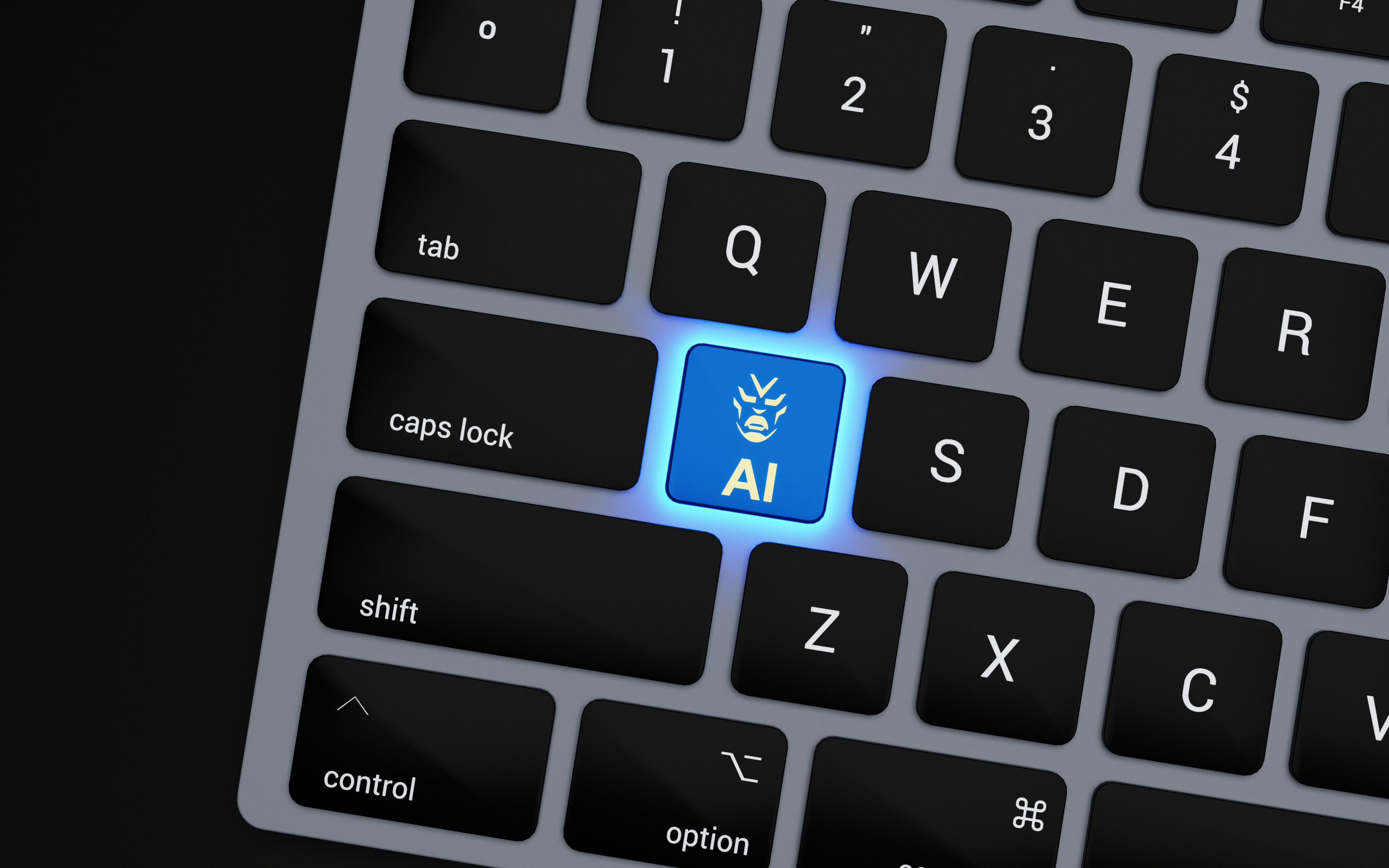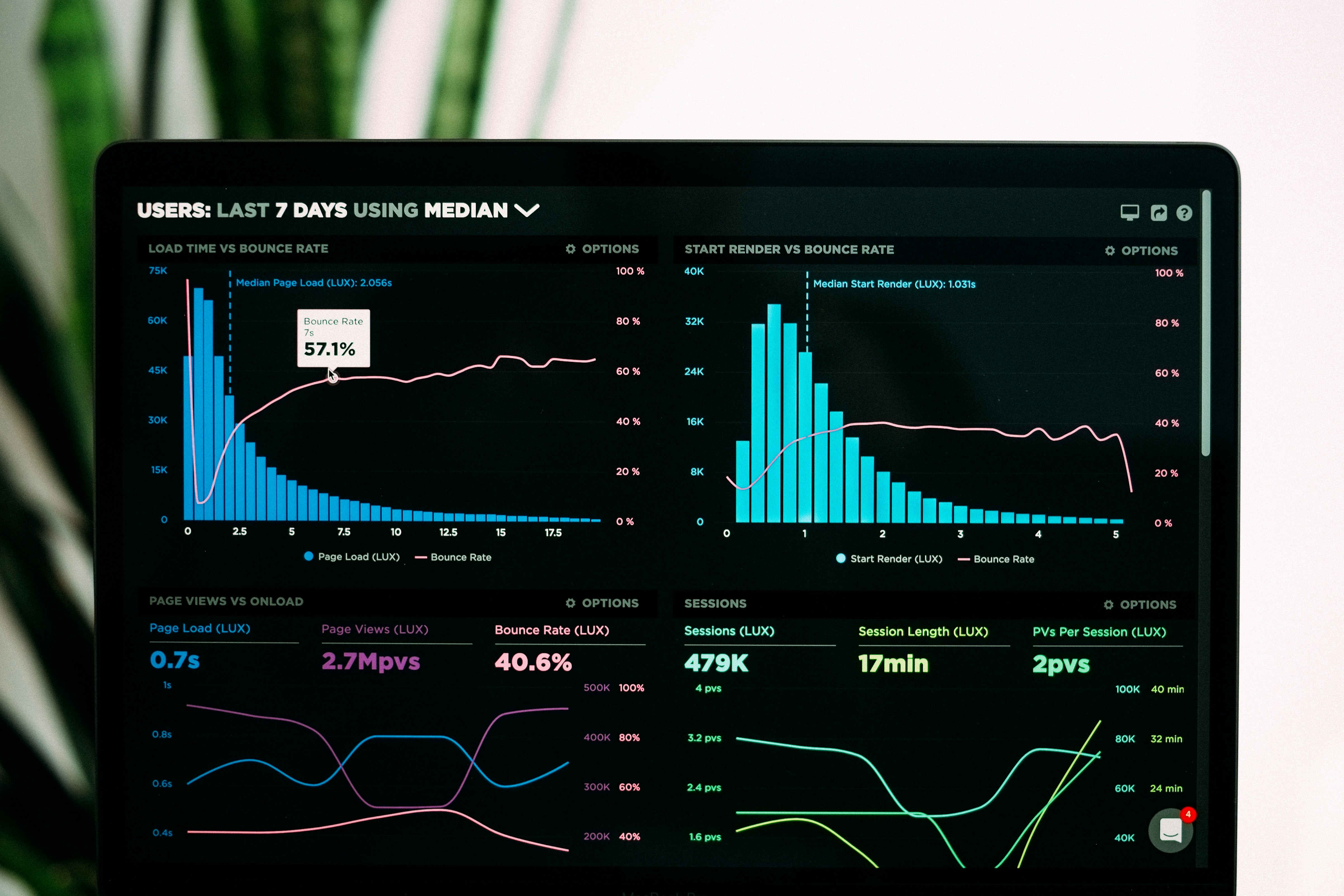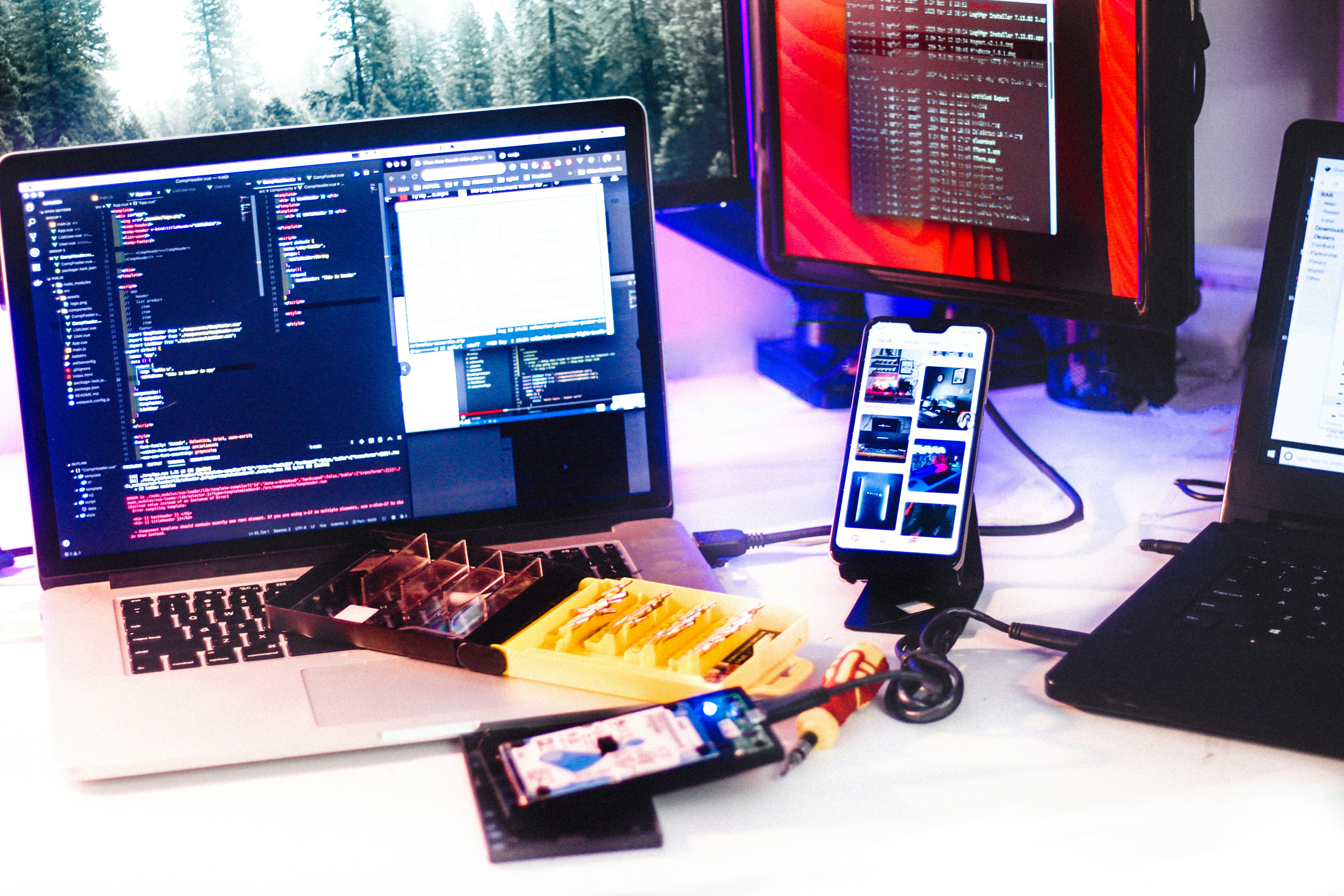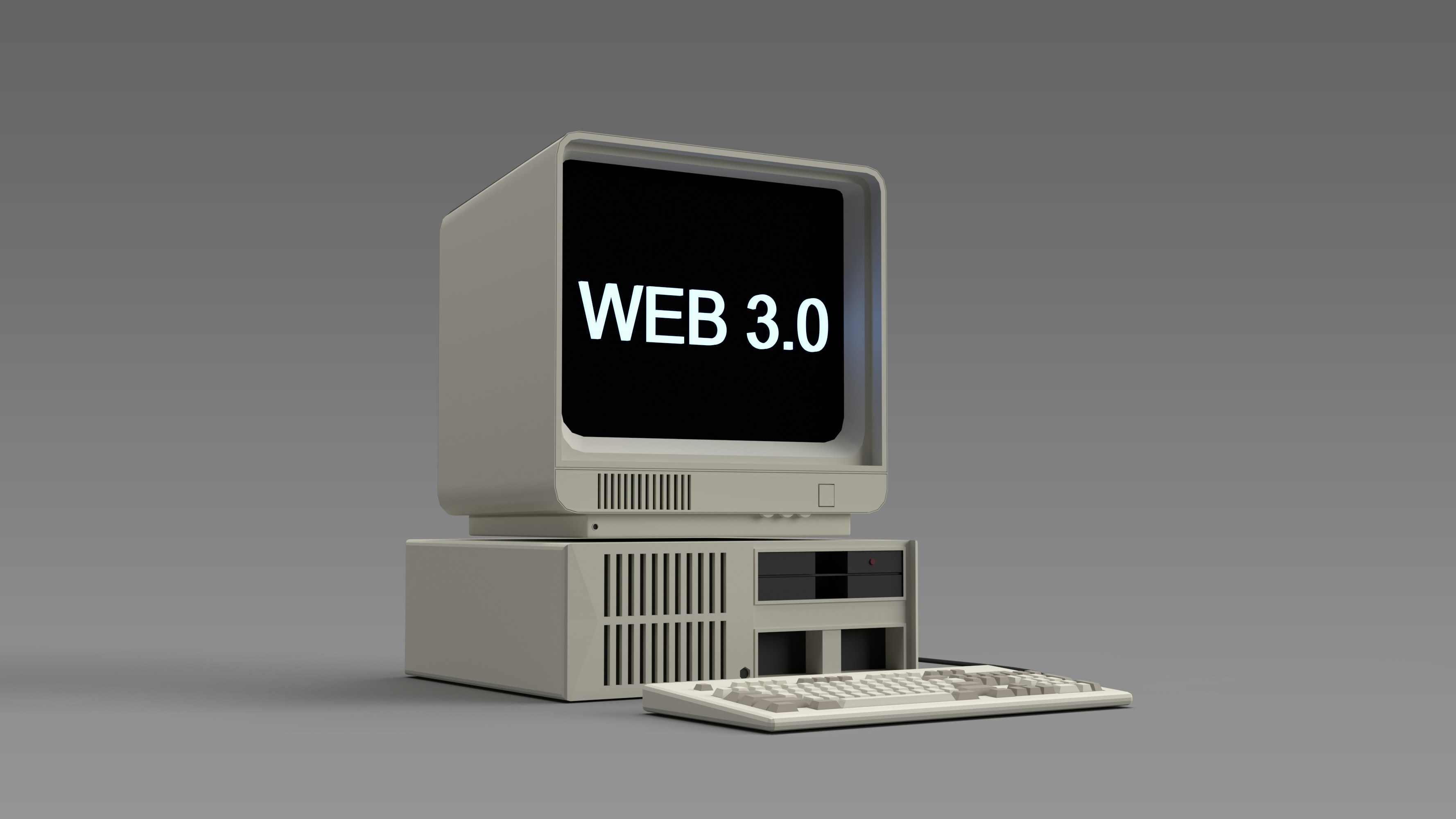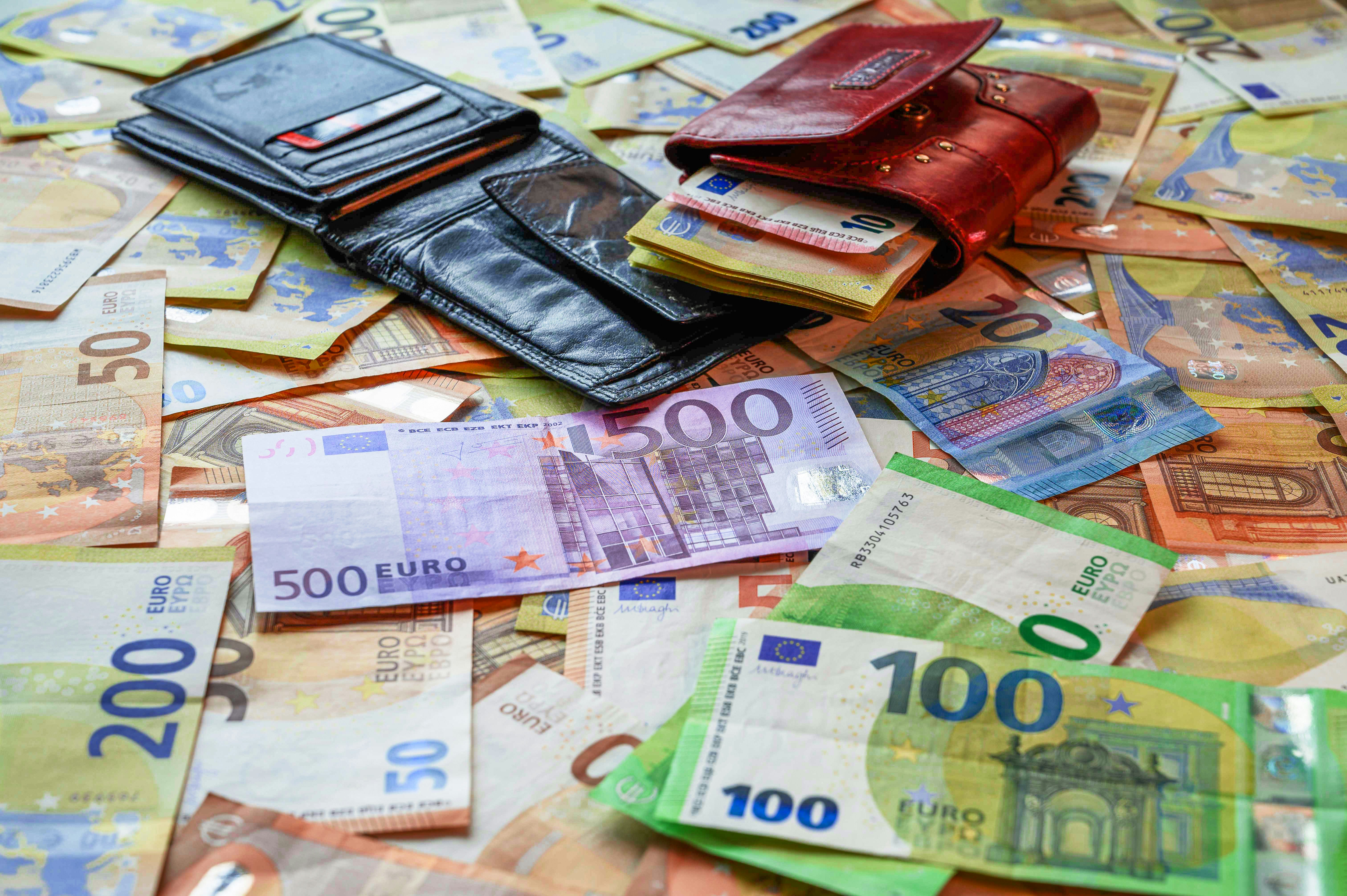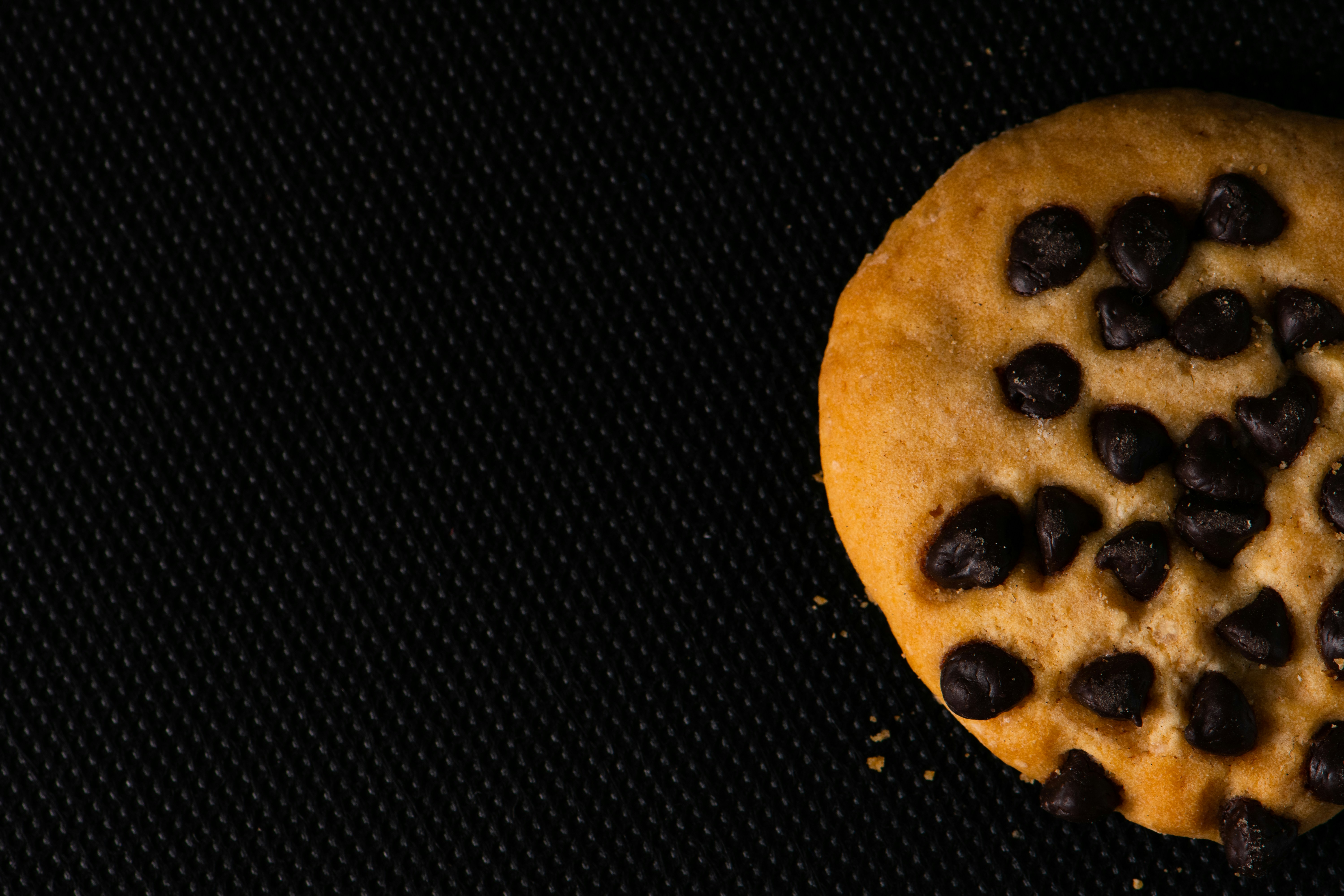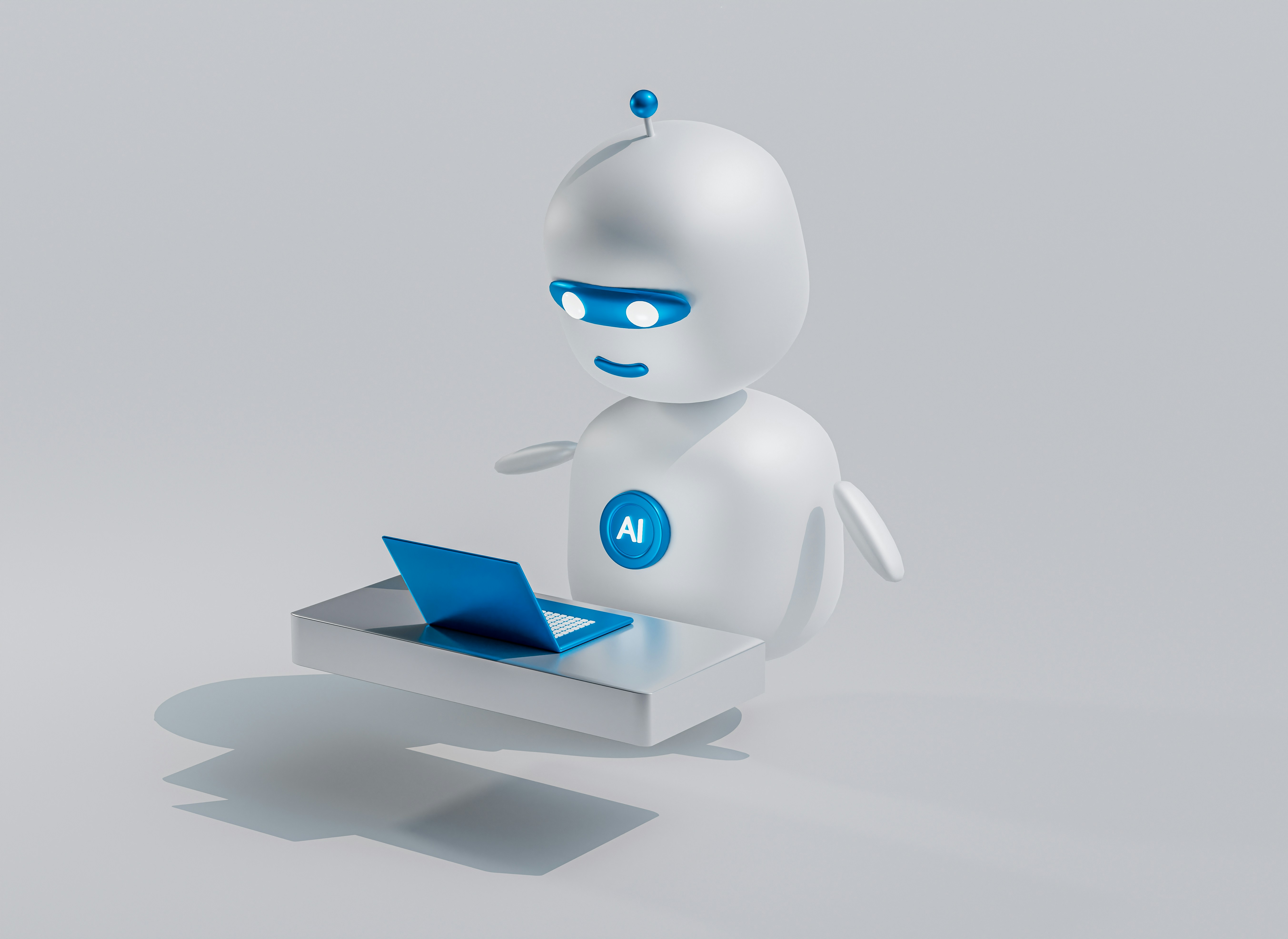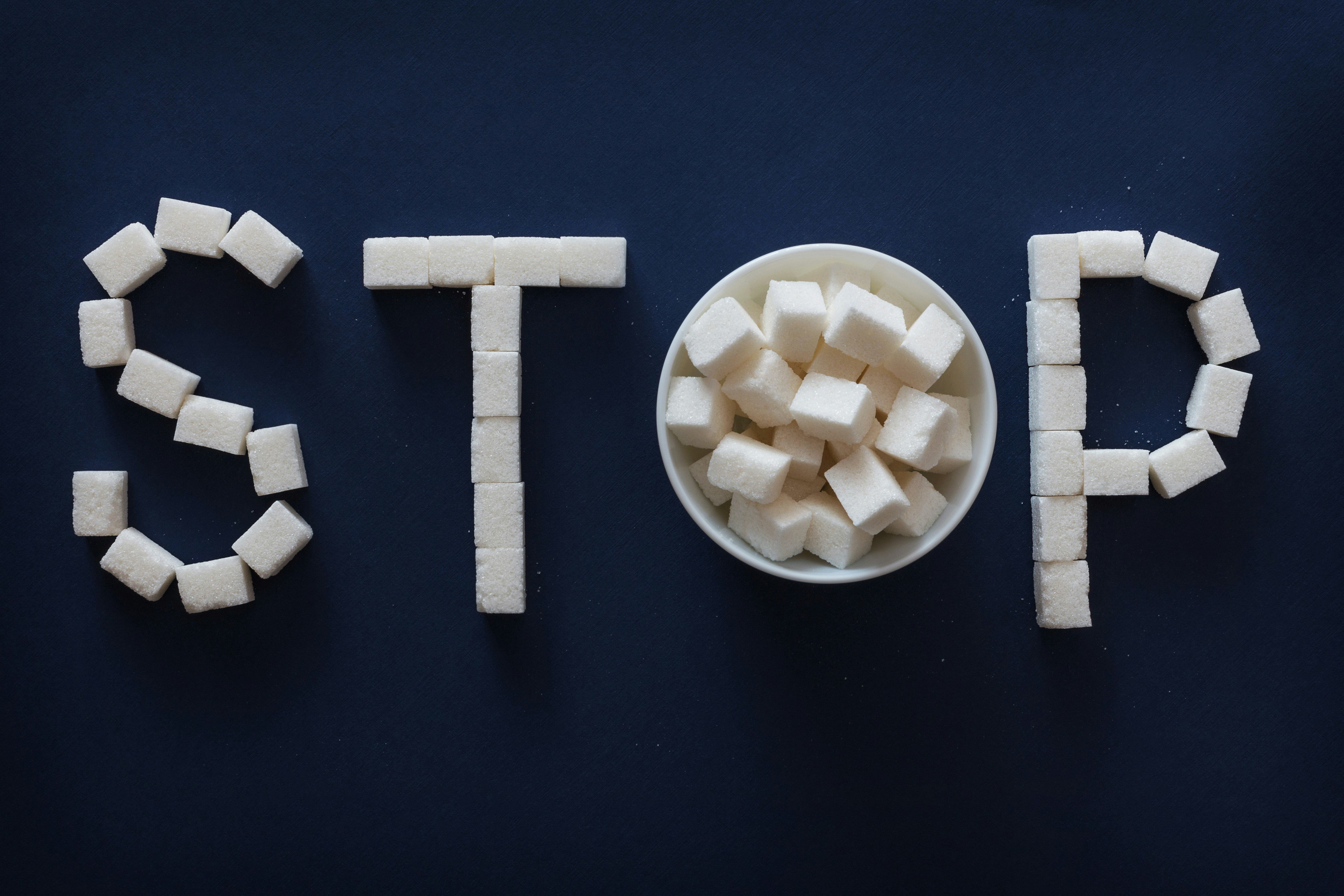The Power of Micro-Interactions: Small Details, Big Impact
Micro-interactions are the silent heroes of modern web design. They are those subtle, often subconscious moments when a website or app communicates with you. Think of a button that changes color when you hover over it, a heart that briefly pulses when you like something, or an animation that confirms your action was successful. These details may seem small, but they play a major role in how a user experiences a digital environment. Without these mini-animations, an interface can feel distant and static. With them, it becomes dynamic, intuitive, and even joyful.
Why Micro-Interactions Matter
At their core, micro-interactions are about feedback. Users want to know that their action has had an effect. When you click a button and nothing happens, doubt creeps in: was the click registered? Is the site working? A subtle visual response — however minimal — removes that uncertainty immediately. This instant feedback enhances the user experience and increases satisfaction.
There’s also a psychological dimension. Humans instinctively respond to motion and change. A small animation or sound can trigger a sense of reward, similar to how we react to positive signals in real life. This makes micro-interactions not just functional, but emotionally valuable. They add a layer of humanity to digital interfaces — something that modern UX design increasingly strives for.
Micro-Interactions in Action
A great example can be found in e-commerce. When you add a product to your cart and the icon gives a tiny bounce, it feels more alive than a static update. The same goes for a form that gently shakes when an error occurs instead of flashing an aggressive red warning. That small movement turns frustration into understanding.
Social media platforms rely heavily on micro-interactions too. A “like” animation, a notification that briefly lights up when someone comments — these are all signals that your actions matter. Even something as simple as an expanding search bar or a smooth page transition contributes to a pleasant flow. These micro-moments make a user unconsciously think, “This feels right.”
The Art of Subtlety
The real strength of micro-interactions lies in their subtlety. Too much movement or too many effects can make a website overwhelming and chaotic. The best micro-interactions are almost invisible — they support the action rather than steal attention. A skilled designer uses them sparingly, tuned to the rhythm of the user and the identity of the brand.
Consistency also matters. A micro-interaction should fit seamlessly with the visual style and tone of the website. A playful animation may suit a young, creative brand, while a calm transition might better reflect a professional, corporate tone. Subtle movement enhances not only usability but also branding.
How Micro-Interactions Strengthen Your Brand
Micro-interactions are more than technical flourishes — they’re a form of communication. They express your brand’s personality without words. A soft fade-in can convey trust and warmth, while a snappy pop animation can suggest energy and enthusiasm. In this way, micro-interactions help create a cohesive digital experience where form, function, and emotion come together.
In a digital landscape where countless websites look and feel alike, it’s the small gestures that make the difference. Micro-interactions create a sense of care, attention, and humanity — precisely what modern users are looking for.




